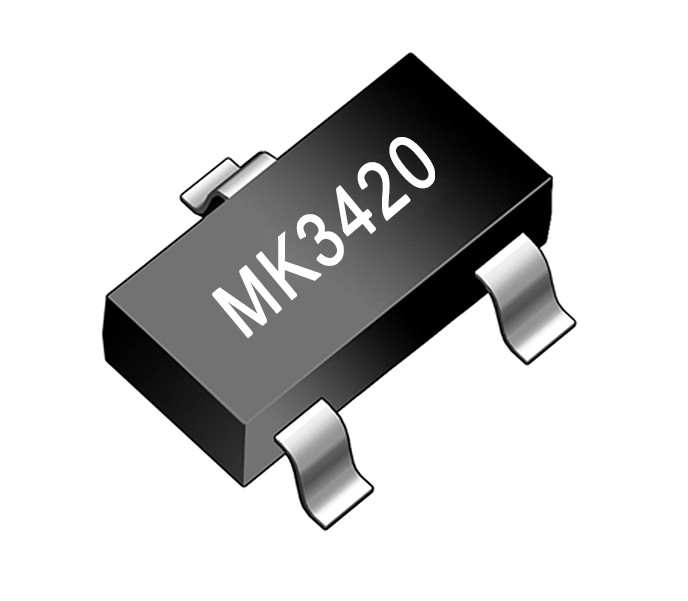As the chill of winter sets in, many homeowners turn to various heating solutions to maintain a comfortable indoor environment. Among these, fan heaters have gained popularity due to their portability and quick heating capabilities. However, a common concern arises: do fan heaters use a lot of electricity? In this article, we will delve into the mechanics of fan heaters, their energy consumption, and how they compare to other heating methods, providing you with a comprehensive understanding of their efficiency.
Understanding Fan Heaters
Fan heaters, also known as convection heaters, operate by drawing in cool air, heating it through an electric element, and then dispersing the warm air back into the room using a fan. This process allows for rapid heating of small to medium-sized spaces, making them ideal for quick warmth in areas that are not centrally heated.
Energy Consumption of Fan Heaters
The electricity consumption of fan heaters can vary significantly based on several factors, including the wattage of the unit, the duration of use, and the settings employed. Most fan heaters operate within a range of 750 to 1500 watts. To understand their energy usage, it’s essential to consider the following:
- Wattage and Cost Calculation:
- A fan heater rated at 1500 watts consumes 1.5 kilowatt-hours (kWh) of electricity if operated for one hour.
- If your electricity rate is $0.12 per kWh, running the heater for one hour would cost approximately $0.18.
- Therefore, if you use the heater for 8 hours a day, the monthly cost could reach around $43.20, assuming consistent usage.
- Efficiency and Heating Area:
- Fan heaters are most efficient in smaller spaces. Their rapid heating capability means they can quickly warm a room, allowing users to turn them off sooner than other heating solutions.
- In contrast, larger spaces may require extended use, leading to higher electricity consumption.
- Thermostatic Control:
- Many modern fan heaters come equipped with thermostats that automatically turn the unit off once the desired temperature is reached. This feature can significantly reduce energy consumption, as the heater will not run continuously.
Comparing Fan Heaters to Other Heating Options
To gauge whether fan heaters are indeed high electricity consumers, it’s beneficial to compare them with other common heating methods:
- Central Heating Systems:
- Central heating systems, while effective for larger homes, can be less energy-efficient for heating individual rooms. They often require more energy to maintain a constant temperature throughout the entire house, leading to higher overall electricity bills.
- Radiant Heaters:
- Radiant heaters, which warm objects and people directly rather than the air, can be more efficient in certain scenarios. However, they typically take longer to heat a space compared to fan heaters.
- Heat Pumps:
- Heat pumps are known for their energy efficiency, as they transfer heat rather than generate it. However, their installation costs can be significantly higher than that of fan heaters.
Practical Tips for Reducing Electricity Usage
If you decide to use a fan heater, there are several strategies to minimize electricity consumption:
- Use in Conjunction with Other Heating Methods: Instead of relying solely on a fan heater, consider using it alongside other heating methods to reduce overall energy use.
- Limit Usage Time: Use the heater only when necessary and turn it off when the room reaches a comfortable temperature.
- Insulate Your Space: Proper insulation can help retain heat, reducing the need for prolonged heater use.
- Choose Energy-Efficient Models: Look for fan heaters with energy-saving features, such as programmable timers and energy-efficient ratings.
Conclusion
In conclusion, while fan heaters do consume electricity, their efficiency largely depends on usage patterns, the size of the space being heated, and the specific model chosen. When used judiciously, fan heaters can provide a cost-effective and efficient heating solution for small areas. By understanding their energy consumption and implementing practical strategies, you can enjoy a warm home without incurring exorbitant electricity bills. Ultimately, the key lies in informed usage and making choices that align with both comfort and energy efficiency.




